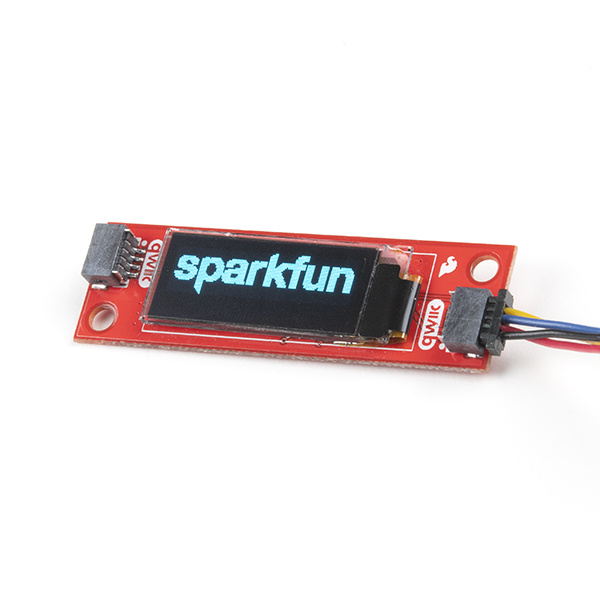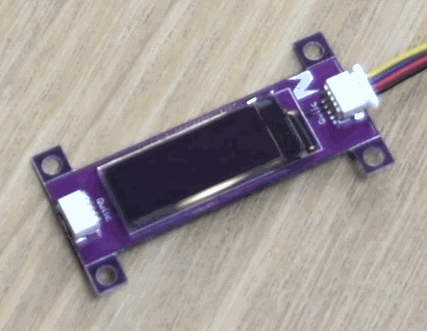Artemis Development with the Arduino IDE
I2C: Qwiic OLED Display
The I2C pins are useful connecting to peripheral devices. In this example, let's use the Qwiic OLED Display and the example code from the online tutorial.
The hookup guide direct users through the installation of the associated Arduino libraries. Once the library is installed, follow the instructions from the online tutorial to get the example up and running.
Wiring
Users should be familiar with our Qwiic system. Here is a link to our Qwiic cable kit, if necessary.
Operation
This example display various patterns across the display. Follow the steps for programming the associated board to see the code in action.
Configuring Peripheral I2C Ports/Pins
In order for users to understand how to adapt their code to configure the peripheral I2C ports, we have provided the following example for the Apollo3 core: File > Examples > Apollo3 > I2C.
I2C example for the Apollo3 core. (Click to enlarge) 

